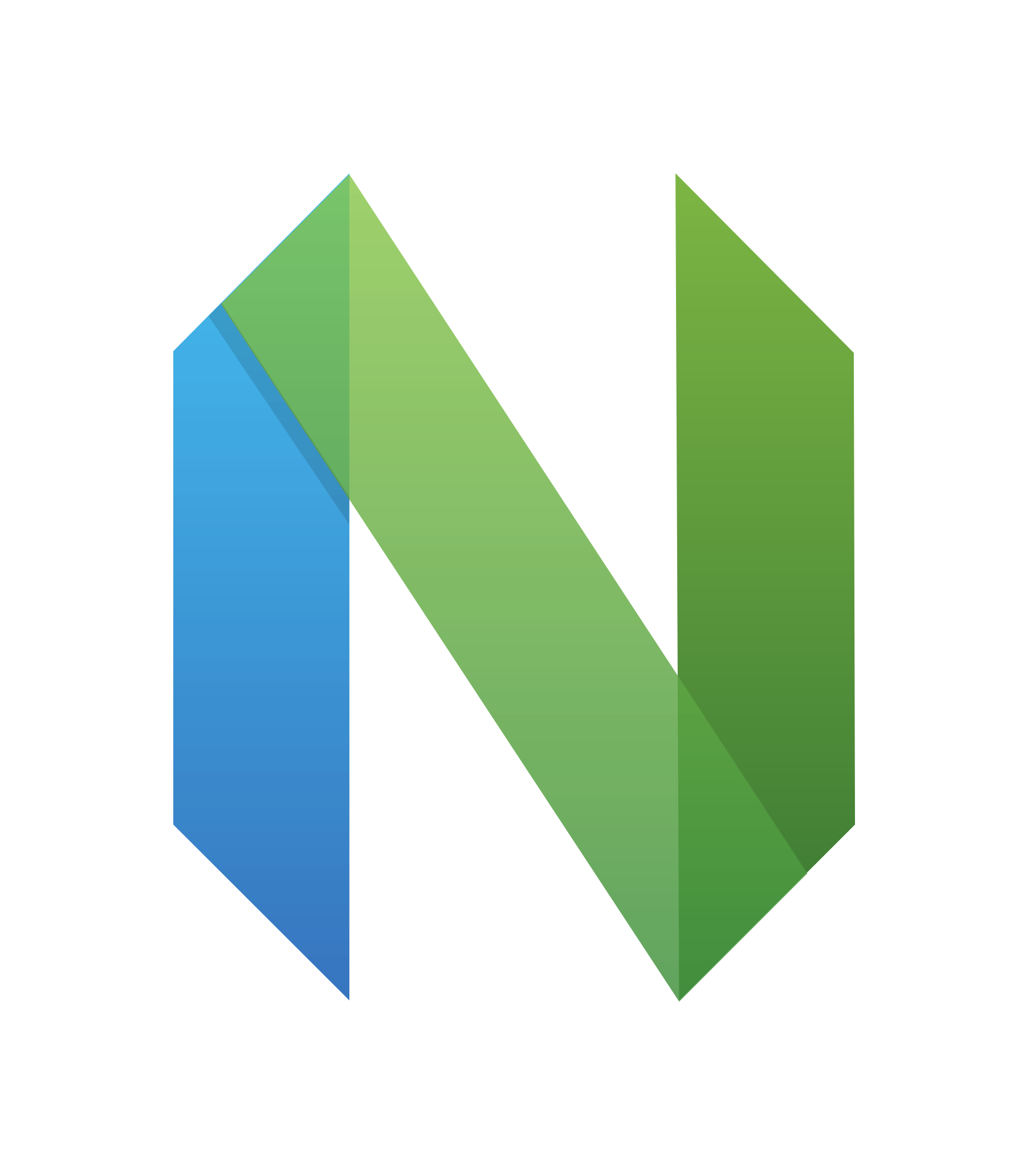

Here’s another video: https://www.youtube.com/watch?v=PriwCi6SzLo (including an interview with the great Alexandra Elbakyan).
Cory Doctorow recently wrote about this in some detail (incl. helpful links): https://pluralistic.net/2024/08/16/the-public-sphere/#not-the-elsevier









‘Oxford Scholarship Online’ would license different sets of books to different departments; so someone from the philosophy department couldn’t get access to books classified under sociology or history.
Imagine doing something similar at the checkout table in a ‘physical’ library.